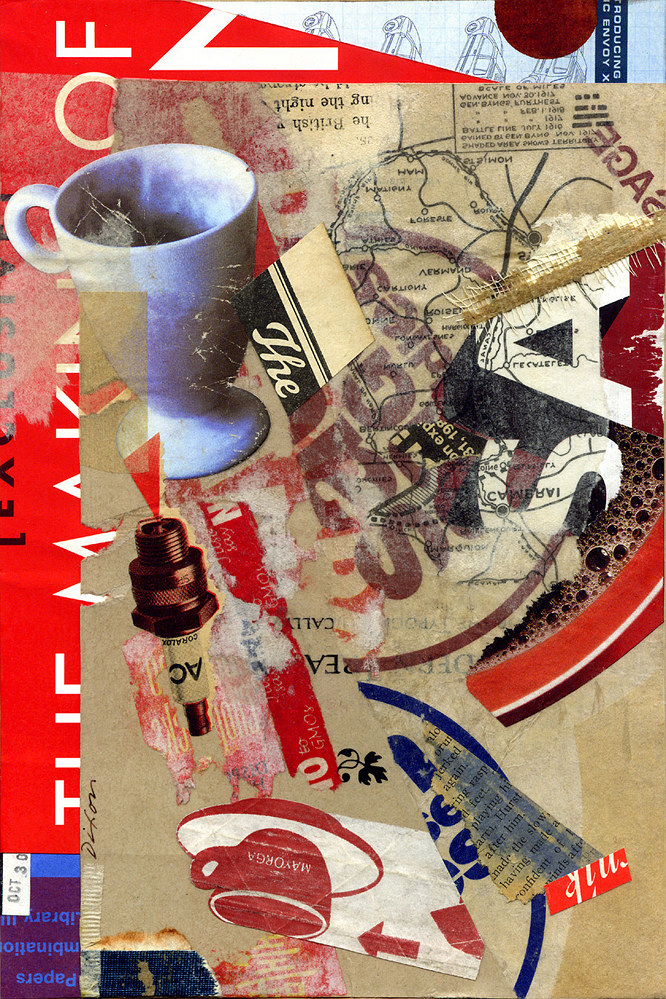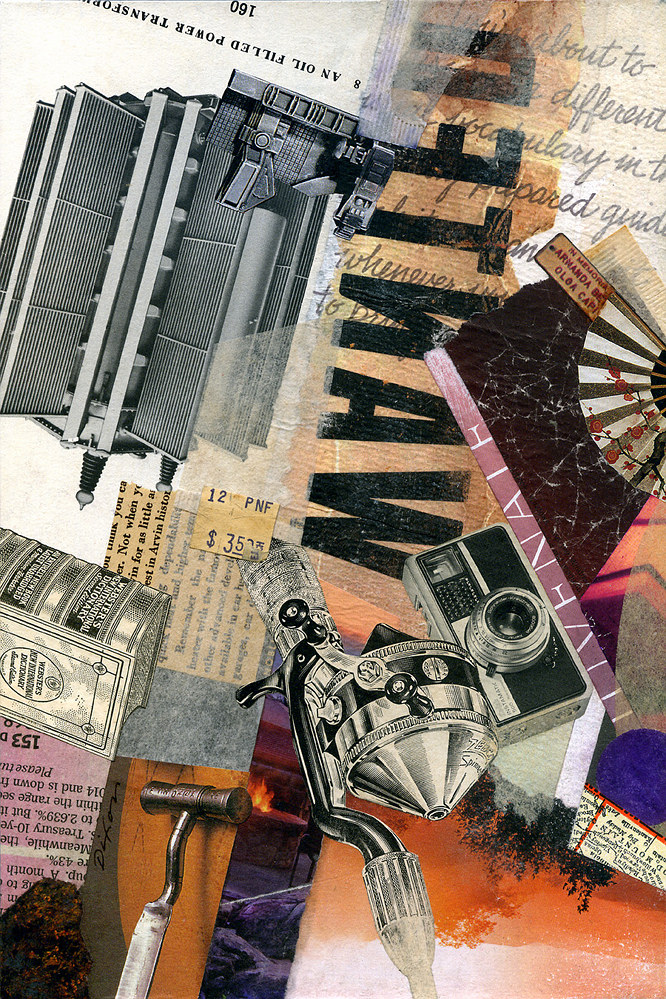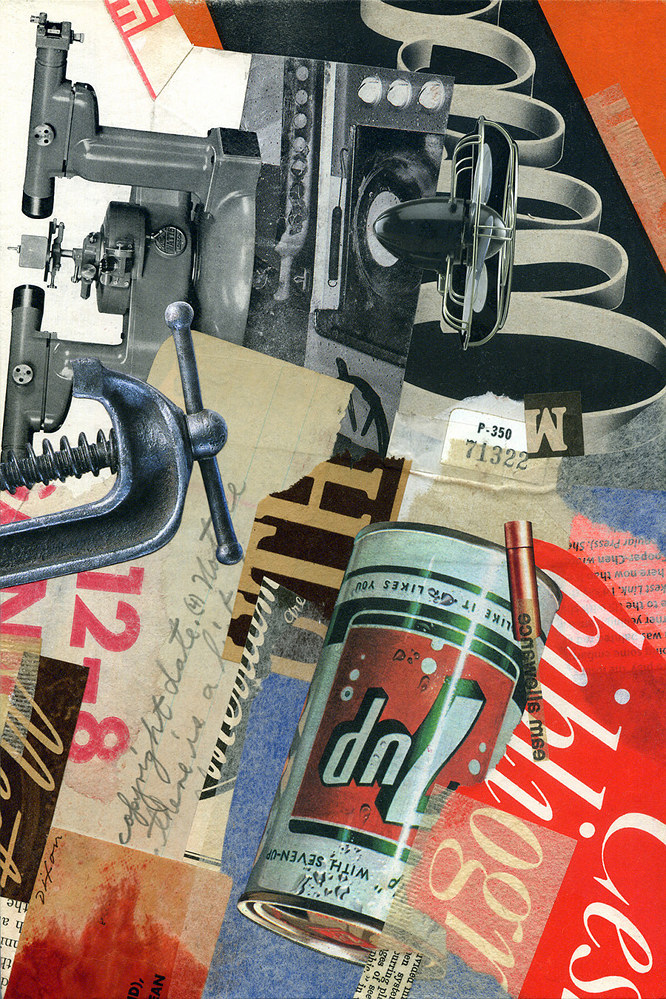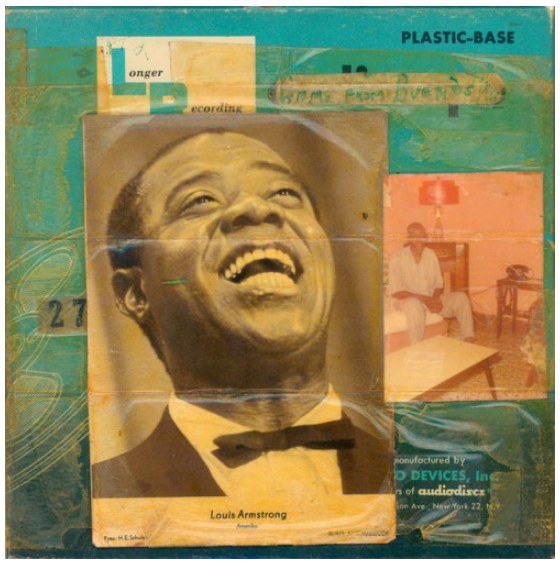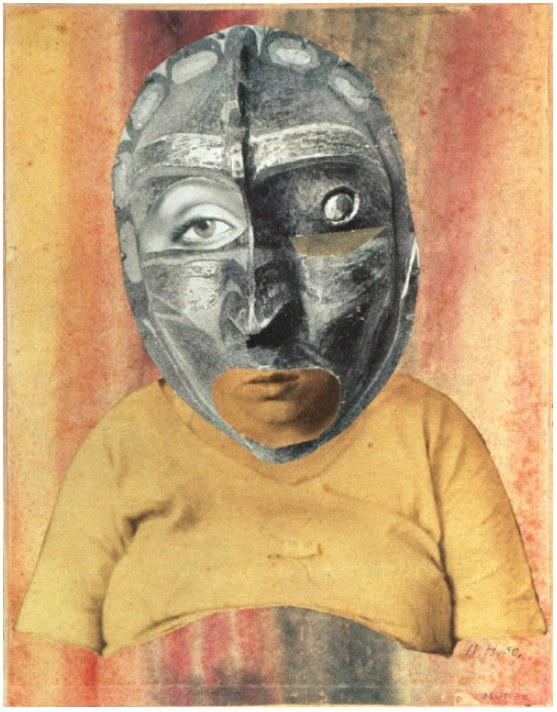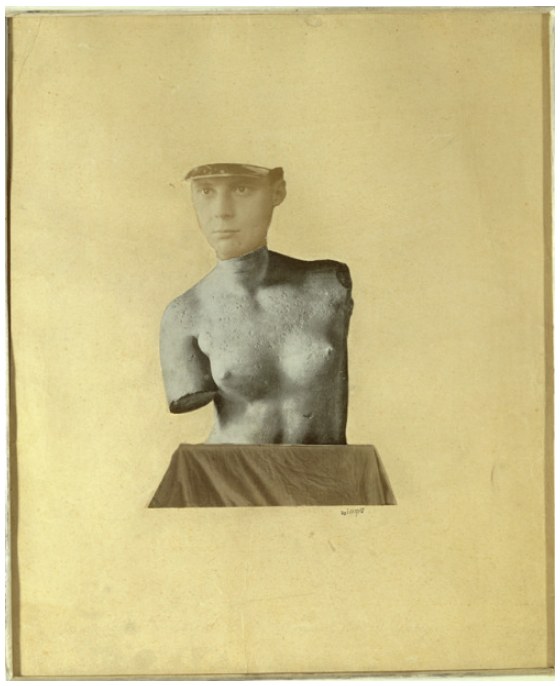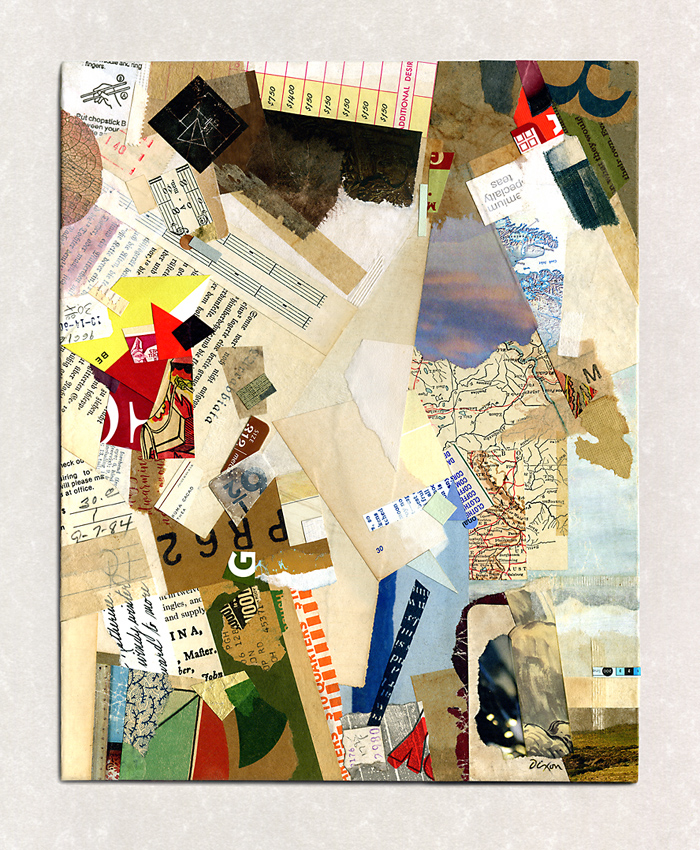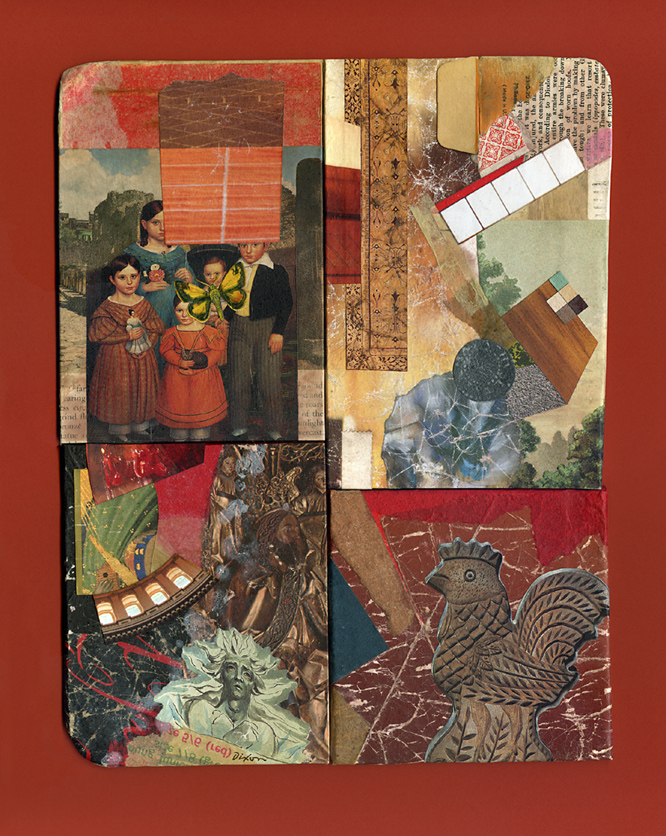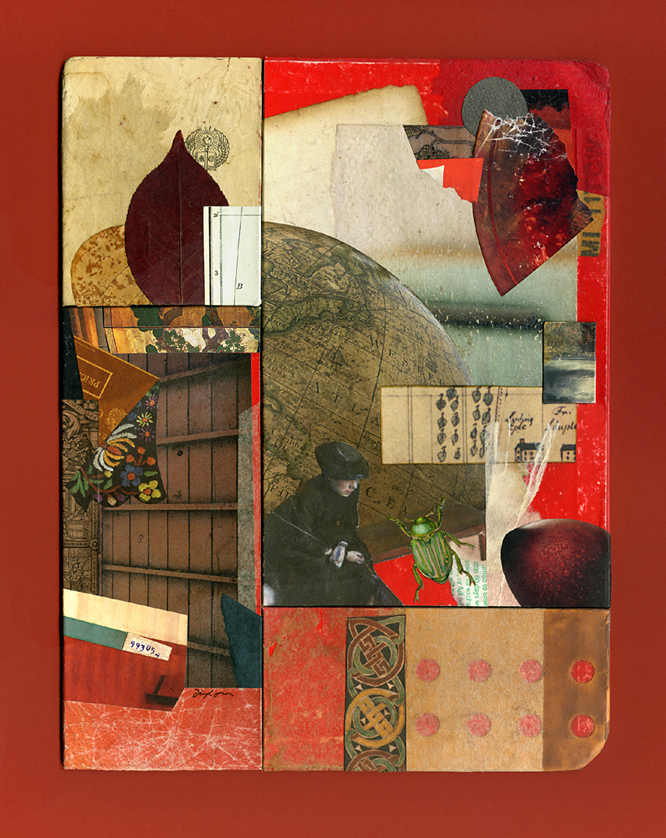“I intentionally left body parts out of the composition, because as collage artists we are so prone to use them on a regular basis. This call was to have you step out of your comfort zone and try something different.”
— Aaron Beebe
The past century of collage history has been a steady influence on my art practice, but I find additional inspiration from a body of contemporary practitioners. Aaron Beebe is among them. I was fortunate enough to have a piece reproduced as part of his first {th ink} publication. With my heart set on getting into issue #2, I confronted the unique submission guidelines: “Must be an analog collage that contains at least one object, NO faces or body parts, and must have some kind of text within the composition.” As I prepared four separate entries, I found myself in no small part attuned to Beebe’s recognizable approach. Paul Klee said, “We do not analyze works of art because we want to imitate them or because we distrust them.” Emulation for the sake of favor? I would surely hope not. L T Holmes articulated it best during her outstanding Under the Influence series of 2013. Lalo Schifrin, while shaping his individual voice as a musician and composer, absorbed the jazz vocabulary of Dizzy Gillespie (who had been influenced by Roy Eldridge). We can all learn much from our peers. Did you see something created this week that stimulated your desire to evolve as an artist? I did.
Four Submissions, 2020
collage miniatures by J A Dixon
6 x 9 inches each
submitted for possible inclusion
as part of {th ink} issue #2
